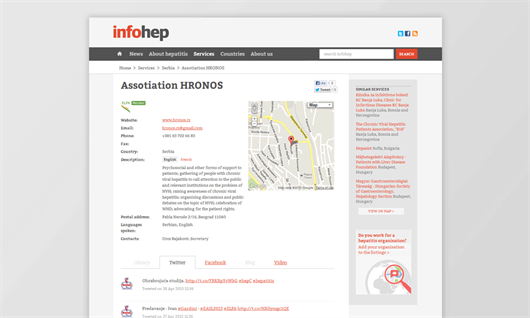Obesity in people with hepatitis C (HCV) is associated with metabolic complications, type-2 diabetes, fatty liver disease and the progression of fibrosis. In the absence of treatment for HCV, people who are overweight may be recommended to lose weight. There are differences in opinion regarding which form of diet is most likely to result in weight loss. A study conducted in Romania in 120 people with HCV infection who were either overweight or clinically obese found that, after 12 months, there was no difference in weight loss between the two groups of participants, who were either randomised to a low-fat diet or to a low-calorie diet. Both groups lost around 3 to 4kg, and experienced improvements in insulin sensitivity and a reduction in the prevalence of metabolic syndrome. Liver function also improved. There was a sustained increase in physical activity after 12 months, and this increase may have contributed to the positive results. This study would have been stronger if it had also randomised participants to different exercise plans, to see how exercise affected metabolic and liver function and body weight.
Another study, conducted in Taiwan, found that the development of new-onset diabetes in people with chronic hepatitis B infection doubled the risk of liver cirrhosis and decompensated cirrhosis during a nine-year period of follow-up. Diabetes can be prevented by regular monitoring of blood sugar, exercise, weight loss and dietary changes.



Connect with infohep on Facebook: Keep up to date with all the latest news and developments.
Follow infohep on Twitter for links to news stories and updates from infohep.org. Follow us at www.twitter.com/infohep.
Follow all the infohep news by subscribing to our RSS feeds.